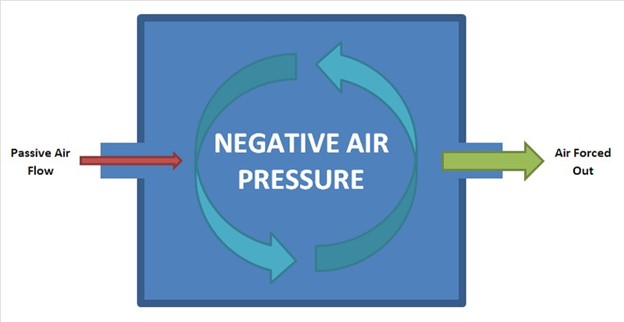A client says to a nurse, “I’m afraid of radiation therapy.” The nurse replies, “Radiation kills the cancer cells.” Which statement best describes the nurse?
She is able to confront a painful subject.
She needs to learn more from the client.
She recognizes that the client needs information.
She perceives that the client is ready to hear more about the treatment.
The Correct Answer is B
This is because the nurse’s reply does not address the client’s fear of radiation therapy, but rather provides factual information that may not be relevant or helpful to the client.
The nurse is not using a therapeutic communication technique, such as reflecting, exploring, or validating the client’s feelings.
Instead, the nurse is shutting down the communication and missing an opportunity to learn more about the client’s concerns and needs.
Choice A is wrong because the nurse is not confronting a painful subject, but rather avoiding it.
The nurse is not acknowledging the client’s fear or inviting the client to talk more about it.
Choice C is wrong because the nurse is not recognizing that the client needs information, but rather assuming that the client does.
The nurse is not asking the client what he or she wants to know about radiation therapy, but rather telling the client what he or she should know.
Choice D is wrong because the nurse is not perceiving that the client is ready to hear more about the treatment, but rather imposing information on the client.
The nurse is not assessing the client’s readiness to learn, but rather giving unsolicited advice.
Nursing Test Bank
Naxlex Comprehensive Predictor Exams
Related Questions
Correct Answer is C
Explanation
On a regular schedule around the clock. This is because when pain is present for more than 12 hours a day, analgesic dosages are best administered around the clock rather than on an as-needed basis.
Choice A is wrong because waiting for the client to exhibit physiologic symptoms of pain may delay the administration of analgesics and cause unnecessary suffering. Physiologic symptoms of pain are not always reliable indicators of pain intensity or quality.
Choice B is wrong because administering analgesics prior to painful activities may not provide adequate pain relief throughout the day. Painful activities may vary depending on the client’s condition and preferences.
Choice D is wrong because relying on the client’s request may not ensure optimal pain management. Some clients may be reluctant to ask for analgesics due to fear of addiction, side effects, or being perceived as weak.
Correct Answer is ["E"]
Explanation
A private room with negative air pressure is required to care for a client with suspected or confirmed tuberculosis (TB) disease, as this is part of the airborne precautions recommended by the CDC.

A private room with negative air pressure prevents the spread of infectious droplet nuclei that contain the TB bacteria.
Choice A is wrong because gloves, masks, and gowns are not sufficient to protect against TB transmission.
Gloves and gowns are used for contact precautions, which are not indicated for TB.
A regular mask is also not effective in filtering out the small droplet nuclei that carry the TB bacteria.
Choice B is wrong because an N95 mask is not a precaution for the client, but for the healthcare personnel who are in close contact with the client.
An N95 mask is a type of respirator that can filter out at least 95% of airborne particles, including TB bacteria. Health care personnel should wear an N95 mask when entering the client’s room or performing aerosol-generating procedures on the client.
Choice C is wrong because droplet precautions are not indicated for TB.
Droplet precautions are used for infections that are spread by large respiratory droplets that do not remain suspended in the air, such as influenza or pertussis. Droplet precautions require wearing a regular mask and eye protection when within 6 feet of the client.
Choice D is wrong because contact precautions are not indicated for TB.
Contact precautions are used for infections that are spread by direct or indirect contact with the client or the client’s environment, such as Clostridium difficile or MRSA. Contact
Whether you are a student looking to ace your exams or a practicing nurse seeking to enhance your expertise , our nursing education contents will empower you with the confidence and competence to make a difference in the lives of patients and become a respected leader in the healthcare field.
Visit Naxlex, invest in your future and unlock endless possibilities with our unparalleled nursing education contents today
Report Wrong Answer on the Current Question
Do you disagree with the answer? If yes, what is your expected answer? Explain.
Kindly be descriptive with the issue you are facing.
